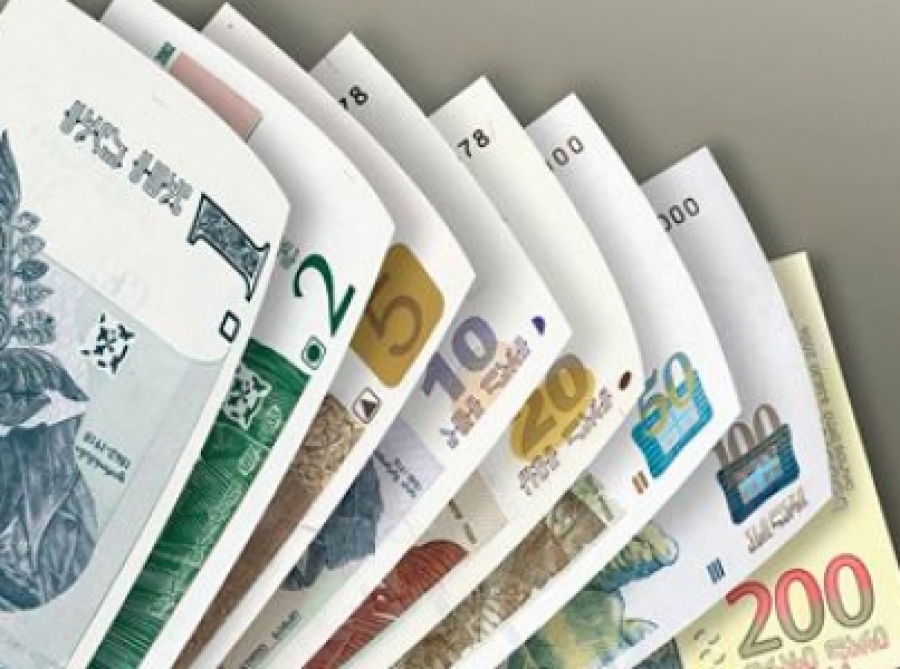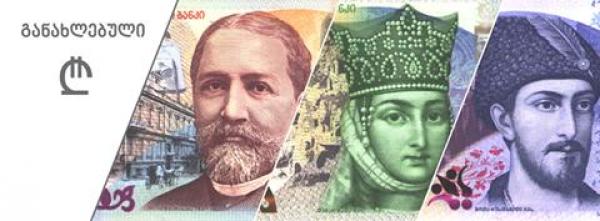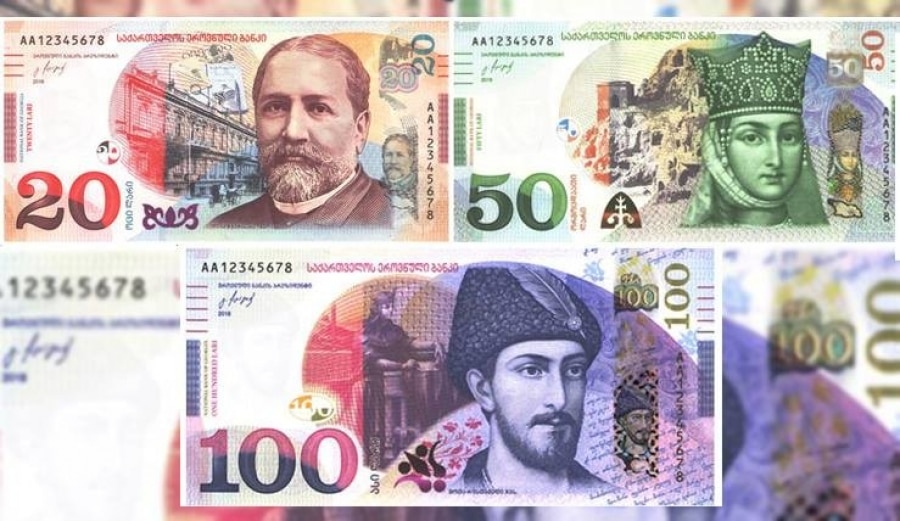Even a five-year-old child in Georgia will tell you what is the currency of the country as it’s a symbol like national emblem, flag, or anthem. Though only a few know the meaning of the word “Lari” and the history how it established itself in our everyday life.
The name lari is an old Georgian word denoting a hoard, property, while tetri is an old Georgian monetary term (meaning ‘white’) used in ancient Colchis from the 8th century BC.
In the project designed for the council of ministers academician Vasil Chantladze nominated “Lari” as name of a national currency unit in 1991, but the cash turnover began on 2nd of October in 1995, when the national bank was allowed to release banknotes on the Georgian territory. The council of the national bank determines and affirms the design of “lari’s” banknotes and coins.
On the front cover there are Georgian legends on each value of the banknote: “Georgia”, “The national bank of Georgia”, meaning of the value, the signatures of the president of the national bank of Georgia and of the minister of finance, date and seven-arm Borjgali, on the reverse side there are English legends: “Georgia” and the meaning of the value.
On the banknotes are pictured:

1 lari banknote – niko firosmani
2 lari banknote -Zakaria Faliashvili
5 lari banknote – Ivane Javaxishvili
10 lari banknote – Akaki Tsereteli
20 lari banknote – Ilia Chavchavadze
50 lari banknote – KING Tamar
100 lari banknote – Shota Rustaveli
200 lari banknote – Qaqutsa Cholokashvili
Extremly small amount of 500 lari, (on which david agmashenebeli is pictured) banknotes was released first in 1995 an later in 2011, but both attempts to launch it were unsuccessful.
On 8 July 2014, Giorgi Kadagidze, Governor of the National Bank of Georgia (NBG), introduced the winning proposal for the sign of the national currency to the public and its author. The Georgian lari had its own sign.
The NBG announced the Lari sign competition in December 2013. The temporary commission consisted of representatives of NBG, the Budget and Finance Committee of the Parliament of Georgia, the State Council of Heraldry, the Ministry of Culture and Monument Protection of Georgia and the Ministry of Education and Science of Georgia.
In choosing the winning sign, the commission gave priority to the samples based on the Georgian Mkhedruli character and made a point of the following criteria: conception, design, accordance with Georgian alphabet, existence of elements marking the currency, ease of construction, and observance of requests and recommendations determined by competition rules.
The Lari sign is based on an arched letter ლ (Lasi) of the Georgian script. It is common in international common practice for a currency sign to consist of a letter, crossed by one or two parallel lines. Two parallel lines crossing the letter Lasi are the basic components of the Lari sign. The so-called “leg” of the letter, represented by a horizontal line, is a necessary attribute of the sign, adding monumental stability to the upper dynamic arc. The form of the letter is transformed in order to simplify its perception and implementation as a Lari sign.
The author of the winning sign is a professional artist-ceramist, Malkhaz Shvelidze.
On 18 July 2014, Giorgi Melashvili, executive director of the National Bank of Georgia sent a request letter to the Unicode Consortium, to register the symbol in the Currency Symbols block
Lari sing ₾

In 2016 the national bank of Georgia released renewed banknotes of lari. 20, 50 and 100 lari banknotes were launched gradually and is in turnover with the old banknotes. This is the first important change in the 20 year history of the design of banknotes. The author of the design of renewed banknotes is bacha malazonia. 5 and 10 lari banknotes will be renewed later.

